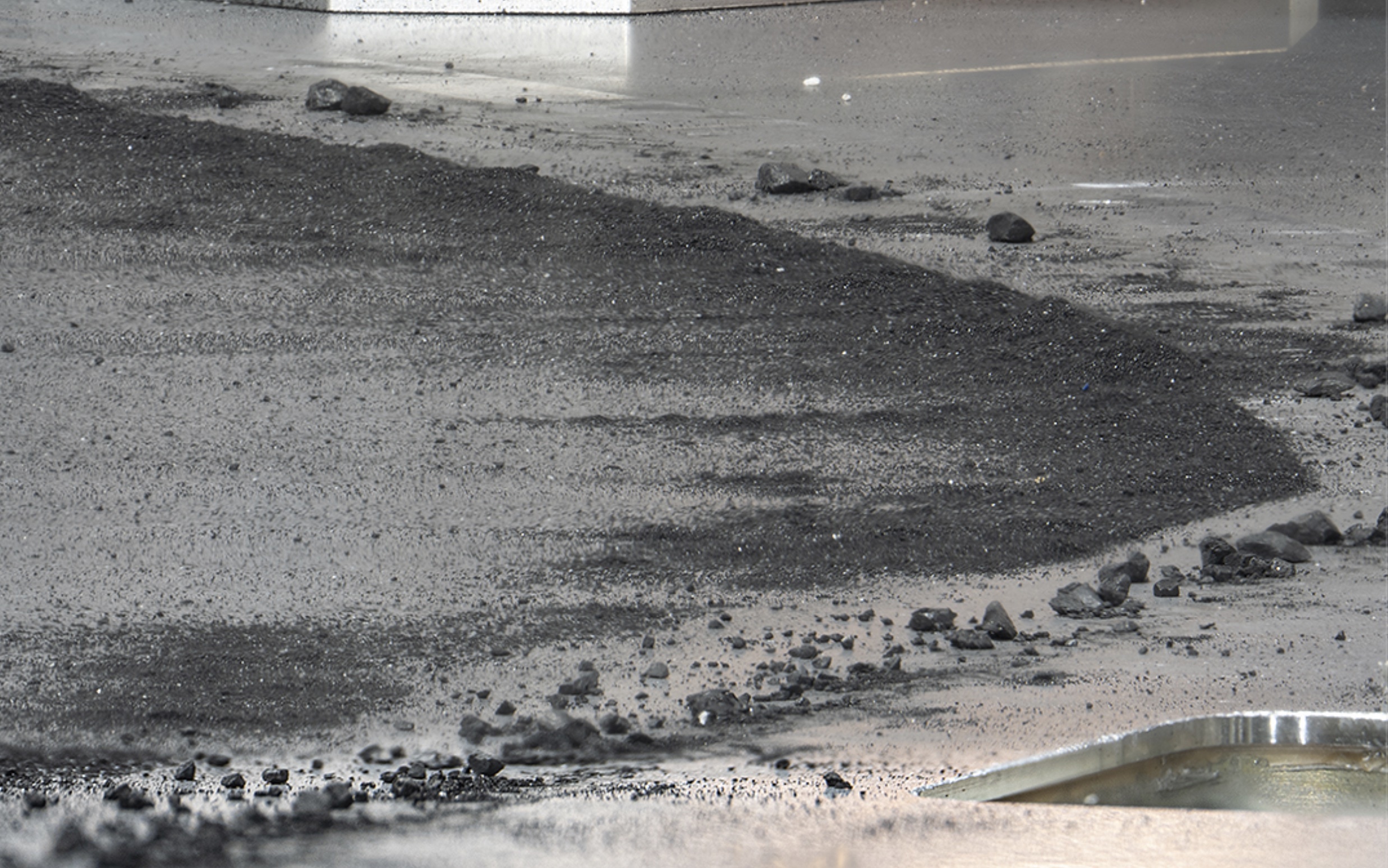29.10.2023

Asteroid Bennu particles coat the base of the OSIRIS-REx science canister. One of these small fragments, or one like them, is headed for public display at the Smithsonian on Nov. 3. (Dante Lauretta)
The public will get its first direct look at a fragment of the asteroid Bennu next week when the Smithsonian debuts its display of the NASA-returned space rock sample.
The Washington, D.C. institution has announced that its National Museum of Natural History will unveil the rare carbon-rich rock to its visitors on Friday, Nov. 3. The Bennu sample will be exhibited in the museum's meteorite gallery, which is part of the Janet Annenberg Hooker Hall of Geology, Gems and Minerals.
"With the help of our partners at NASA, we are proud to put one of these momentous samples on display to the public for the first time," said Kirk Johnson, the Sant Director of the National Museum of Natural History, in a statement.
Other samples will follow on display at the University of Arizona's Alfie Norville Gem & Mineral Museum in Tucson and at Space Center Houston, located adjacent to NASA's Johnson Space Center in Texas, where most of the Bennu samples reside for scientific study. Opening dates for those exhibits are still to be announced, though may be as soon as Nov. 15 according to one of the venues.
The Smithsonian's display comes just 40 days after NASA's OSIRIS-REx (Origins, Spectral Interpretation, Resource Identification and Security-Regolith Explorer) spacecraft safely landed its sample return capsule at the Department of Defense's Utah Test and Training Range. The Sept. 24 touchdown marked the completion of a seven-year round trip to Bennu and NASA's first asteroid sample mission (Japan previously collected samples from two asteroids in 2010 and 2020, respectively).
In addition to its sample for display, the Smithsonian also received another piece of the asteroid for study. Bennu's rocks are thought to date to the formation of the solar system more than 4.5 billion years ago. Early telescope observations of Bennu suggested that, unlike most asteroids, it is carbon-rich and likely contains organic molecules similar to those that sparked life on an embryonic Earth.
NASA scientists working within a specially-built laboratory at the Johnson Space Center have already found evidence of essential elements like carbon in the tiny rocks that were deposited outside of the main sample container, which holds a trove of larger fragments. These early samples, which are smaller than a grain of rice, also contain water-rich minerals. Researchers speculate that similar water-containing asteroids bombarded Earth billions of years ago, providing the water that eventually formed the planet's first oceans.
"Having now returned to Earth without being exposed to our water-rich atmosphere or the life that fills every corner of our planet, the samples of Bennu hold the promise to tell us about the water and organics before life came to form our unique planet," said Tim McCoy, the National Museum of Natural History's curator of meteorites who has worked on the OSIRIS-REx mission for nearly two decades as part of an international team of scientists.
The samples being put on public display are still scientifically valuable but are representative of other similar rocks that were brought back by OSIRIS-REx.
"We don't want to take anything that is going to have the most scientific value, so we are looking for things that we have more than one of," Francis McCubbin, an astromaterials curator at Johnson Space Center, said at an Oct. 11 press conference in response to a question from collectSPACE. "Usually we want at least four of any type of thing before we start using it for something else and those are the samples that are going to go the museums."
"And they are going to be amazing. I can't wait for the public to get an opportunity to look at these beautiful samples," said McCubbin.
In addition to the piece of Bennu, which will be in a display case inside a nitrogen-filled capsule with a glass viewing pane, visitors to the National Museum of Natural History will also see scale models of the OSIRIS-Rex spacecraft, on loan from Lockheed Martin, and the Atlas V 411 rocket that carried the spacecraft, courtesy of United Launch Alliance. The display will also include a video of interviews and imagery from the mission.
"This exhibit is our first chance to share this incredible journey," said McCoy.
Quelle: CS

